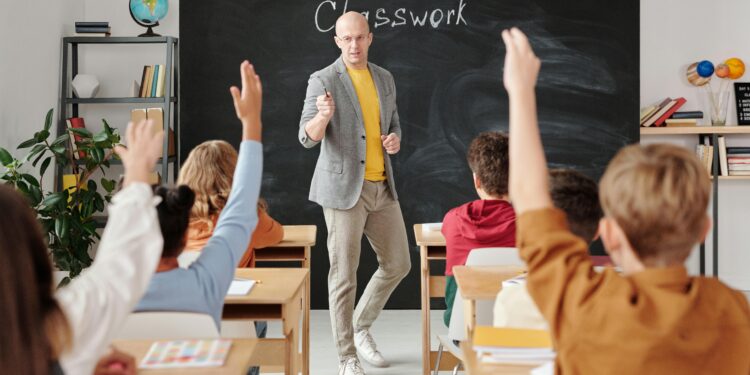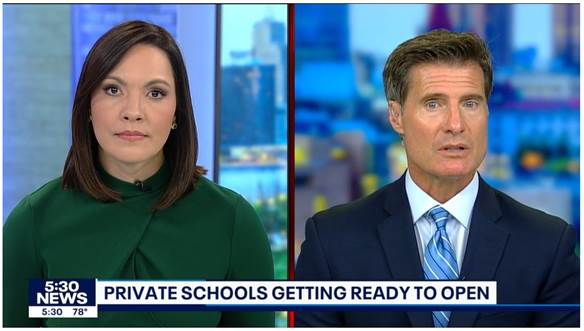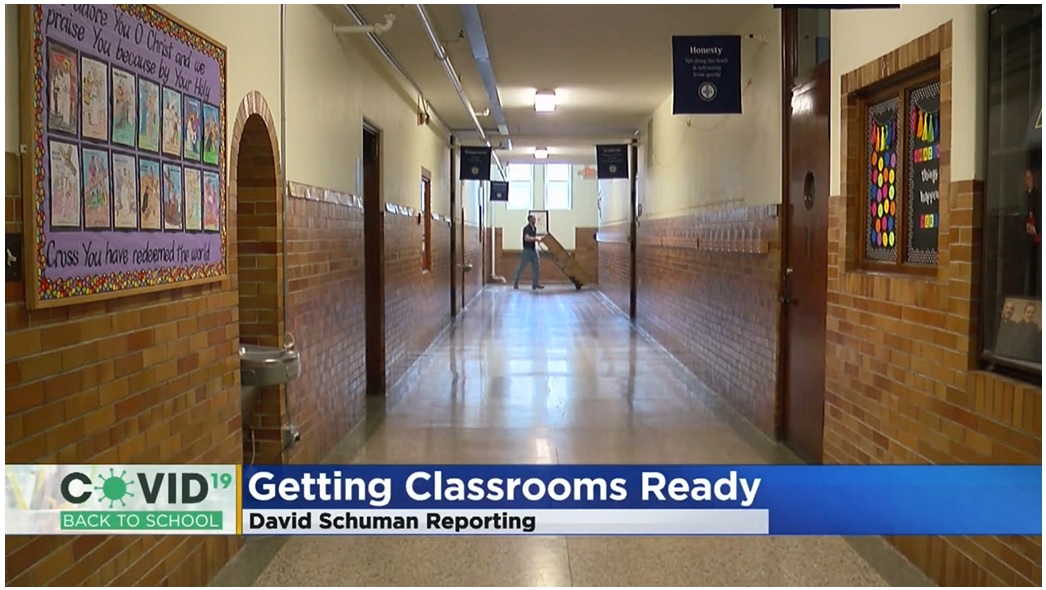Common sense says that the most important thing to spend education dollars on is a well-equipped, high-quality teacher for every classroom.
So, if school spending is up, why aren’t teacher salaries?
That’s the question Chad Aldeman with The 74 set out to answer through his interactive “school district revenue vs. salary change” charts that track the growth trends across districts.
I looked specifically at Minnesota data, and while not every district showed a significant disconnect between the two, enough did to warrant a closer look at the numbers.
For example, from 2002 to 2022, revenue per pupil in the Anoka-Hennepin school district — the largest school district in the state — increased 25 percent; average salaries decreased 3 percent over the same time period. In the Minneapolis school district, revenue per pupil increased 30 percent; average salaries decreased 14 percent. The Crosby-Ironton school district had 48 percent growth in revenue but a 10 percent decline in salaries. The Orono school district saw its revenue grow by 31 percent, but salaries decreased 30 percent. (All numbers were adjusted for inflation and salary calculations did not include additional compensations like retirement or health benefit contributions.)
Statewide, per-pupil dollars adjusted for inflation increased 25 percent from 2002 to 2020. But the average teacher salary declined nearly 4 percent (3.7 percent), according to calculations by the Reason Foundation.
Teacher Salary Growth vs. Revenue per Student Growth, Minnesota

What wasn’t lagging? Public school staffing growth.
“Schools employ a lot more people than they used to, meaning they have to divide their budgets across more workers,” writes Aldeman. Not only do those budgets have to cover salaries but benefits as well. “And the cost of those benefits has risen rapidly,” Aldeman continues.
Added staff include student support positions such as instructional coordinators and classroom aides, but there is also a prevailing trend of growth in non-teaching staff at a rate that exceeds student growth and even occurs in the case of declining enrollment.
Consider the dollars at play if non-teaching personnel had grown at the same rate as students all these years. What kind of opportunity cost is involved? Both for teachers and students?
There is no evidence in the aggregate that increasing staffing improves student academic outcomes, and unfortunately the revenue growth in Minnesota’s public schools over the years hasn’t contributed to meaningful increases in student achievement. Comparing student performance on statewide assessments and national tests with real funding growth shows there isn’t a consistent relationship between money and outcomes. In fact, I have charted examples of the state spending more for worse results.
Revisiting school staffing models to encourage leaner staff and higher pay for our best educators is a good place to start as we keep working on raising student achievement. As I shared here, the focus on simply increasing staff quantity over the years to improve schools hasn’t worked, and it has crowded out other potential investments that could positively impact student learning, such as raising salaries and adding learning time or adopting alternative education delivery models.
What’s driving staff increases? Well, bureaucratic systems have one goal — growth. Consider teachers’ unions, Michael Petrilli with the Thomas Fordham Institute points out. “…[T]heir fees are based on a per-head basis, so when schools add staff, they get more money. But when the unions successfully bargain for additional [teacher] pay, that doesn’t put any more dollars in their coffers.”
School board members also like to hire people, Petrilli continues. “And so we’ve stumbled into a model whereby we offer mediocre pay to teachers and then try to help them be more effective by surrounding them with lots of other bodies.”
One thing is clear, as school leaders and policymakers make their financial decisions, the focus should be on being an education system and not an employment program.











![[downloaded during free trial]](https://oakmn.org/wp-content/uploads/2025/11/iStock-1430368205-120x86.jpg)

